Dealing with a frozen garage door can be frustrating, especially during the chilly winter months. When temperatures drop, moisture can accumulate on the door’s surface and freeze, causing it to become stuck shut. However, with the right approach, you can safely and effectively open a frozen garage door without causing damage.
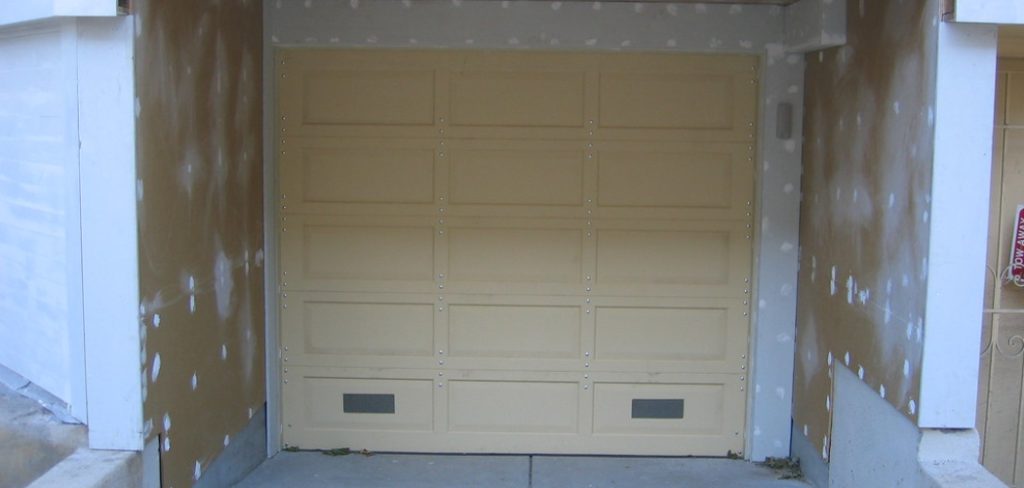
In this article, we’ll explore several methods and techniques for how to open frozen garage door, ranging from simple DIY solutions to more advanced methods involving specialized tools and materials. By following these steps, you’ll be able to regain access to your garage quickly and efficiently, even in the coldest of weather conditions.
Common Issues Leading to A Frozen Garage Door
Several factors contribute to a garage door freezing shut, often related to weather conditions and maintenance practices. One of the most common causes is the accumulation of ice around the door’s seals. This happens when melting snow or ice during the day refreezes at night, sealing the door shut.
Another issue can arise from water collecting at the bottom of the door, which also freezes and prevents the door from opening. Additionally, inadequate or worn-out weather stripping allows moisture to enter and freeze, exacerbating the problem.
Poorly maintained or aged doors are more susceptible to these issues due to gaps and cracks where moisture can collect and freeze. Understanding these common causes can help in preventing your garage door from freezing shut and in identifying the right solutions for when it does.
Importance of Safely Addressing a Frozen Garage Door
Addressing a frozen garage door safely is crucial to prevent injury and avoid causing damage to the door or the garage door opener. When a door becomes frozen shut, the immediate instinct may be to force it open.
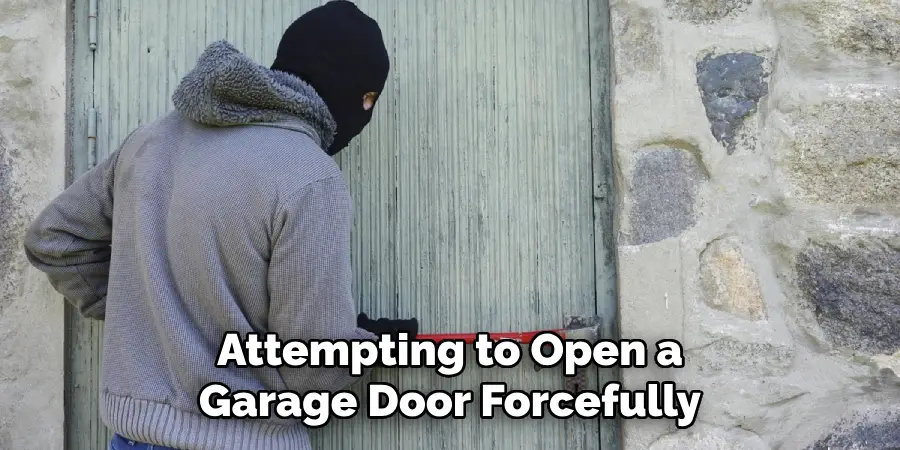
However, attempting to open a garage door forcefully can result in damage to the door mechanisms, the opener, or even personal injury if the door suddenly releases and moves unpredictably. Additionally, using inappropriate methods to melt the ice, such as open flames, can also pose serious fire hazards and cause damage to the door’s material.
Ensuring you approach the situation with care and following the correct steps not only helps in preserving the longevity of your garage door but also ensures the safety of everyone involved. Proper techniques and patience are key factors in successfully dealing with a frozen garage door while minimizing risks and potential costs for repairs.
The Causes of Frozen Garage Doors
The phenomenon of frozen garage doors primarily stems from a combination of cold temperatures and moisture. Here are some specific factors that contribute to this frustrating winter problem:
- Temperature Fluctuations: During winter, temperatures can fluctuate dramatically between day and night. Water resulting from melted snow or ice during warmer daylight hours can refreeze once temperatures drop again, forming ice that seals the garage door shut.
- Malfunctioning or Inadequate Seals: Garage doors are equipped with weather sealing to keep moisture out. However, if these seals are damaged, worn out, or improperly installed, moisture can enter and freeze, effectively gluing the door to the ground.
- Poor Drainage: Ideally, the driveway and area around the garage door should facilitate water runoff. If water pools near the bottom of the garage door due to poor drainage or sloping, it can freeze and create a barrier.
- Humidity Inside the Garage: High humidity levels inside the garage can also contribute to the problem. Warm, moist air from inside the garage can condense on the cold surface of the door and then freeze, particularly if the garage is not well-ventilated.
- Lack of Maintenance: Regular maintenance of the garage door and its components can prevent many issues that lead to freezing. However, lack of maintenance can lead to problems like misalignment or gaps that increase the risk of freezing shut.
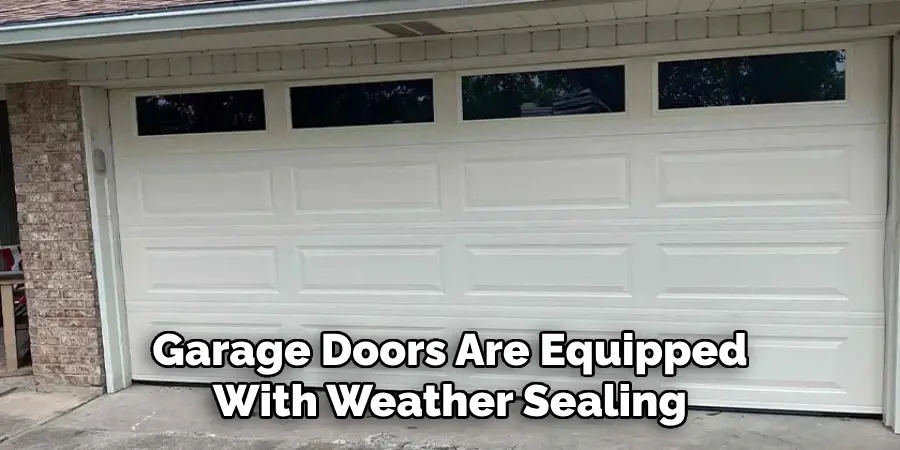
Factors Contributing to Garage Door Freezing
These factors highlight the importance of preventive measures, such as regular maintenance of the garage door system, proper installation of weather seals, and ensuring efficient drainage around the garage area. By understanding the underlying causes, homeowners can take proactive steps to minimize the risk of their garage door freezing shut.
Understanding the factors that contribute to a garage door freezing shut is essential for prevention and efficient troubleshooting. Key contributing elements include:
- Insufficient Insulation: Insufficient insulation in and around the garage allows cold air to penetrate, leading to lower temperatures inside the garage that can cause the door to freeze shut.
- Leaks in Garage Structure: Any leaks in the garage’s structure, especially near the door, can introduce moisture into the environment. When temperatures drop, this moisture freezes, contributing to the door getting stuck.
- Incorrect Door Alignment: An incorrectly aligned garage door can leave small gaps at the bottom or sides, allowing moisture to seep in and freeze.
- Worn or Inadequate Weather Stripping: Over time, weather stripping can wear out or become damaged, failing to properly seal the garage door. This allows moisture to enter and freeze, leading to the door being stuck.
- Condensation from Vehicles: Bringing a vehicle covered in snow or ice into the garage can lead to melting, which then refreezes around the garage door, especially in fluctuating temperatures.
- Type of Lubricant Used: The type of lubricant used on the door’s moving parts can also play a role. Some lubricants thicken or freeze in cold temperatures, impeding the door’s ability to move freely.
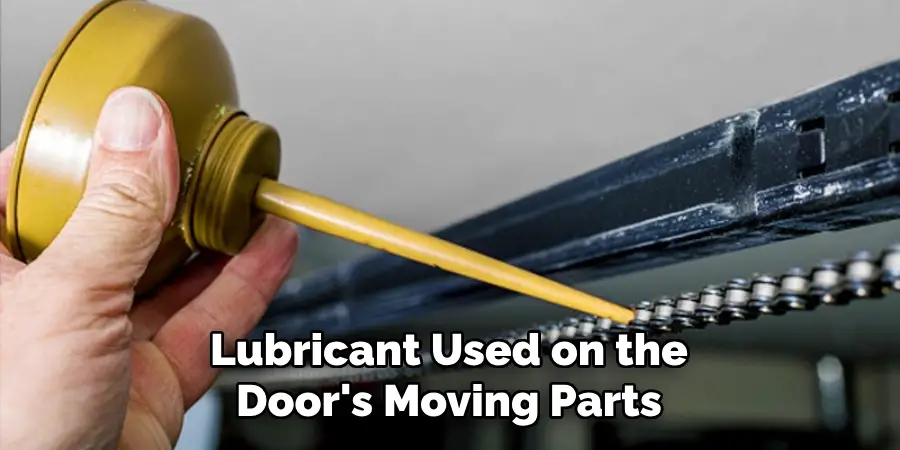
Each of these factors underscores the importance of regular garage door maintenance and attention to detail in its design and care. By addressing these elements, homeowners can significantly reduce the risk of encountering a frozen garage door, ensuring smoother operation during the winter months.
Potential Damage and Safety Hazards Associated With Frozen Garage Doors
Dealing with a frozen garage door can lead to significant damage to both the door and its operating system if not addressed correctly. Among the most common damages are:
- Stripped Gears: Attempting to force the door open with the opener can strip the gears of the electric opener, leading to costly repairs or replacements.
- Broken Springs and Cables: Excessive force, whether from attempting to manually open the door or from the opener itself, can cause springs and cables to snap. This not only necessitates repairs but also poses a serious safety risk, as broken components can result in the door unexpectedly falling.
- Door Misalignment: Forcefully trying to open a frozen door can lead to misalignment, with the door no longer sitting correctly in its tracks. This can impede smooth operation and result in further damage over time.
- Damage to Weather Stripping: Using improper methods to thaw the ice, such as sharp objects to chip away at the ice, can damage the weather stripping designed to seal the door, leading to moisture issues and pest entry.
- Personal Injury: The most concerning aspect of a frozen garage door is the potential for personal injury. Slip hazards from the ice, injuries from using tools inappropriately, or the door suddenly becoming unstuck and moving rapidly can all inflict serious harm.
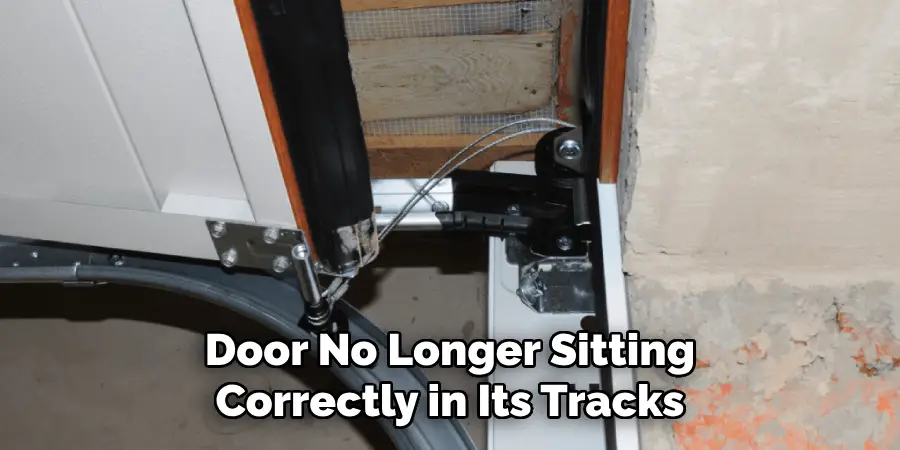
The minimum approach to mitigate these risks involves proper preparation and care, combined with a focus on safety when addressing the issue. It’s essential to recognize when to call in professionals to handle the situation safely and effectively, avoiding potential injuries and ensuring that no further damage is caused to the door mechanism or structure.
10 Methods How to Open Frozen Garage Door
1. Thaw with Heat:
One of the most effective ways to open a frozen garage door is by applying heat to the affected areas. You can use a hairdryer, heat gun, or even a heat lamp to slowly melt the ice and thaw the door. Hold the heat source a few inches away from the frozen areas and move it back and forth until the ice begins to melt. Be cautious not to overheat the door or use open flames, as this could cause damage to the door or surrounding materials.
2. Use De-Icing Solution:
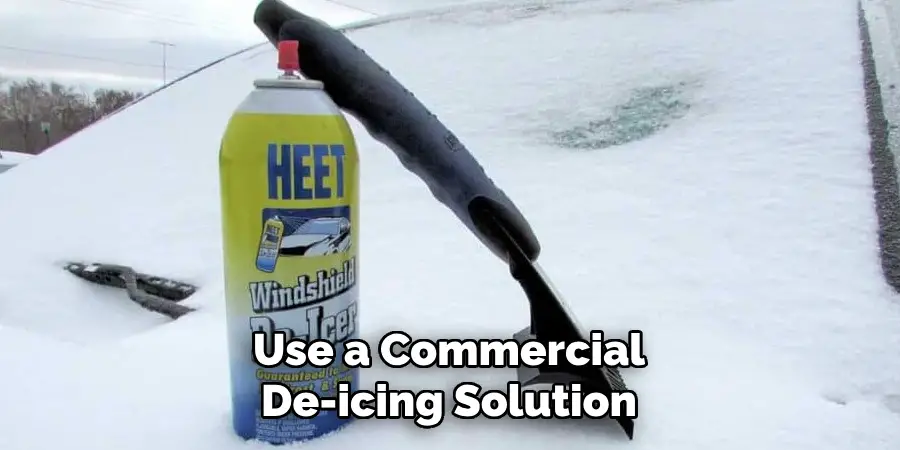
Another option is to use a commercial de-icing solution to melt the ice on the garage door. Apply the solution generously to the frozen areas, focusing on the bottom of the door where ice tends to accumulate. Allow the solution to sit for a few minutes to penetrate the ice before attempting to open the door. You can also make your own de-icing solution using a mixture of water and rubbing alcohol or salt.
3. Apply Hot Water:
If you don’t have access to a heat source or de-icing solution, you can use hot water to melt the ice on the garage door. Fill a bucket with hot water and carefully pour it over the frozen areas of the door. Use caution to avoid splashing the water onto yourself or the surrounding area. As the hot water comes into contact with the ice, it will help to melt it, allowing you to open the door.
4. Break Up Ice with a Shovel or Hammer:
If the ice on the garage door is particularly thick, you may need to break it up using a shovel or hammer. Gently tap the ice with the shovel or hammer to loosen it from the door. Be careful not to strike the door too forcefully, as this could cause damage. Once the ice has been loosened, you can use a scraper or putty knife to remove it from the door’s surface.
5. Use a Heat Tape or Cable:
Installing a heat tape or cable along the bottom of the garage door can help prevent ice buildup and make it easier to open during cold weather. These devices are designed to generate heat and melt any ice that forms on the door. Simply attach the heat tape or cable to the bottom of the door and plug it into an electrical outlet. The heat will help to keep the door free from ice and snow, allowing for easier operation.
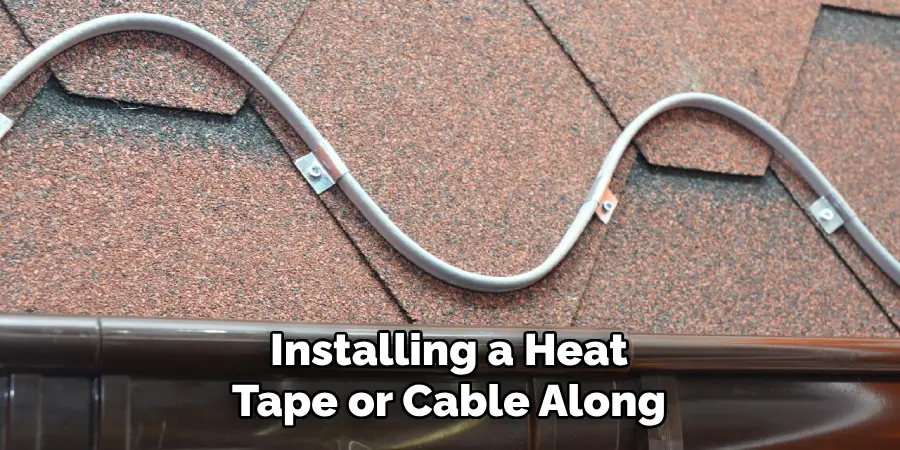
6. Adjust the Garage Door Opener Settings:
Some garage door openers have settings that allow you to adjust the force sensitivity of the door. If your door is frozen shut, it may be because the opener is detecting resistance from the ice and refusing to open. Try adjusting the force sensitivity settings on the opener to a higher level to see if this helps. Refer to the owner’s manual for instructions on how to adjust these settings.
7. Use a De-Icing Spray:
De-icing sprays are specially formulated to melt ice and snow on surfaces quickly. Spray the de-icing solution onto the frozen areas of the garage door, focusing on the bottom where ice tends to accumulate. Allow the spray to sit for a few minutes to penetrate the ice before attempting to open the door. Be sure to follow the manufacturer’s instructions and avoid spraying the solution on any sensitive materials or surfaces.
8. Apply Lubricant to Moving Parts:
Sometimes, the problem isn’t with the ice on the door itself but with the moving parts of the garage door opener. If the door is stuck due to frozen or stiff components, applying lubricant to the moving parts can help. Use a silicone-based lubricant to grease the hinges, rollers, tracks, and springs of the garage door opener. This will help to reduce friction and make it easier to open the door.
9. Clear Snow and Ice from Around the Door:
In addition to removing ice from the door itself, it’s also essential to clear any snow and ice from around the garage door. This will prevent it from melting and refreezing, which can cause the door to become stuck again. Use a shovel or snowblower to clear the area around the door, paying particular attention to the bottom where ice tends to accumulate.
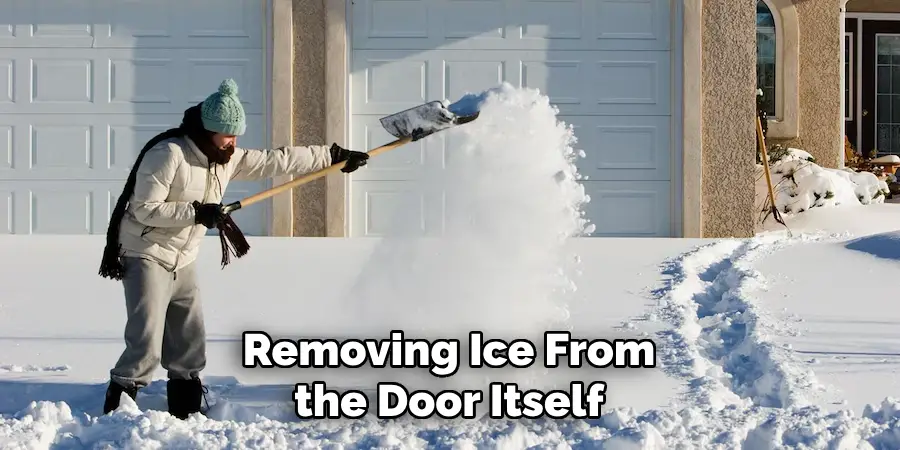
10. Prevent Future Freezing:
Once you’ve successfully opened the frozen garage door, take steps to prevent it from freezing again in the future. This may include installing weather stripping around the door to seal out cold air and moisture, keeping the area around the door clear of snow and ice, and using a garage door insulator to help regulate temperature inside the garage. Additionally, consider investing in a garage door heater or dehumidifier to keep the area dry and prevent ice buildup.
Taking Safety Precautions
When attempting to open a frozen garage door, safety should be your paramount concern. Wear appropriate protective gear such as gloves to protect your hands from the cold and any sharp ice edges. Eye protection is also advised when using tools or chemicals to prevent accidental splashes or debris from causing eye injuries.
Ensure you work in a well-ventilated area when using chemical de-icers to avoid inhaling fumes. Always keep children and pets away from the area to prevent accidents. To avoid slips and falls, spread sand or salt on the icy ground before starting your work.
Remember, while DIY methods can be effective, it’s crucial to recognize your limits. If the situation seems beyond your capacity or tools at hand, calling a professional is the safest option to prevent injury and property damage.
Using De-icing Products or Household Items
When dealing with a frozen garage door, the use of de-icing products or household items can be quite effective. Commercial de-icing products are formulated to quickly melt ice, and many are designed to be safe for use around your home. When selecting a de-icer, choose one that is environmentally friendly and won’t cause damage to the garage door materials or nearby plants.
Alternatively, household items like salt or a mixture of water and vinegar can also be used to de-ice the garage door. While table salt is effective at lowering the freezing point of water and melting ice, it should be used sparingly as it can be corrosive to metal components of the garage door system.
A solution of water and white vinegar is less corrosive and can be sprayed directly onto the ice to help break it down. After applying any de-icing product or mixture, give it a few minutes to work, and then gently attempt to open the garage door.
It’s important to note while these methods can be effective in melting ice, they are temporary solutions. For long-term prevention of ice buildup, consider installing weather stripping, keeping the garage and its surroundings clear of snow and ice, and regulating the garage’s temperature with appropriate insulation or heating solutions.
Conclusion
In conclusion, addressing a frozen garage door requires patience, caution, and the right techniques to ensure safety and prevent damage. By following the comprehensive guide provided in this article, homeowners can effectively thaw and open their frozen garage doors without risking injury or causing further harm to the door mechanism.
Understanding the causes of garage door freezing and preparing with the appropriate tools and materials are key steps in the process. Remembering to prioritize safety precautions and assessing the situation before attempting to unfreeze the door are essential practices.
With the knowledge gained from this guide, individuals are empowered to confidently handle frozen garage door situations and restore access to their homes. Hopefully, this article gave you some helpful tips about how to open frozen garage door successfully, so now that you have the proper knowledge on how to get the job done, why not give it a try today?
